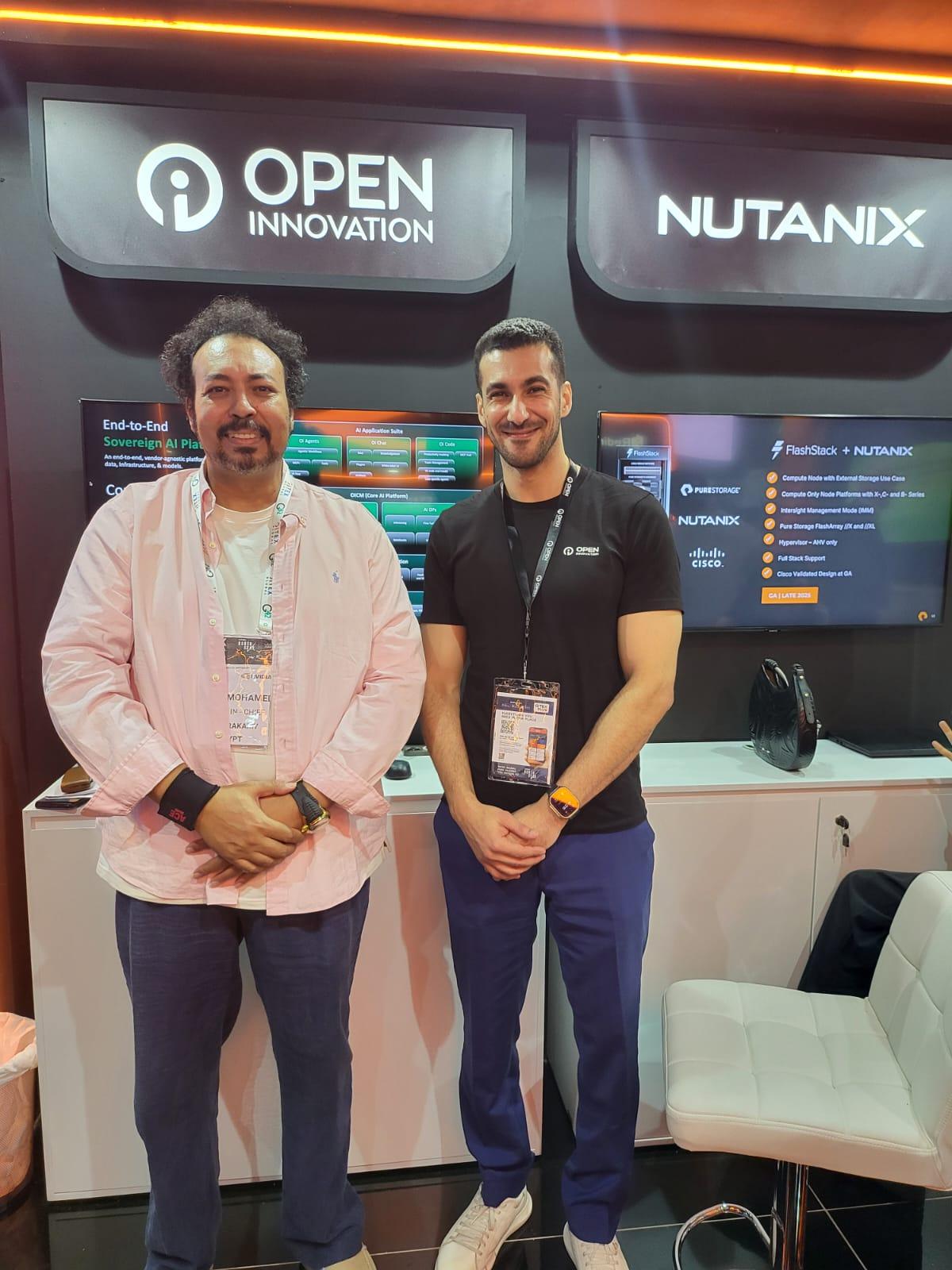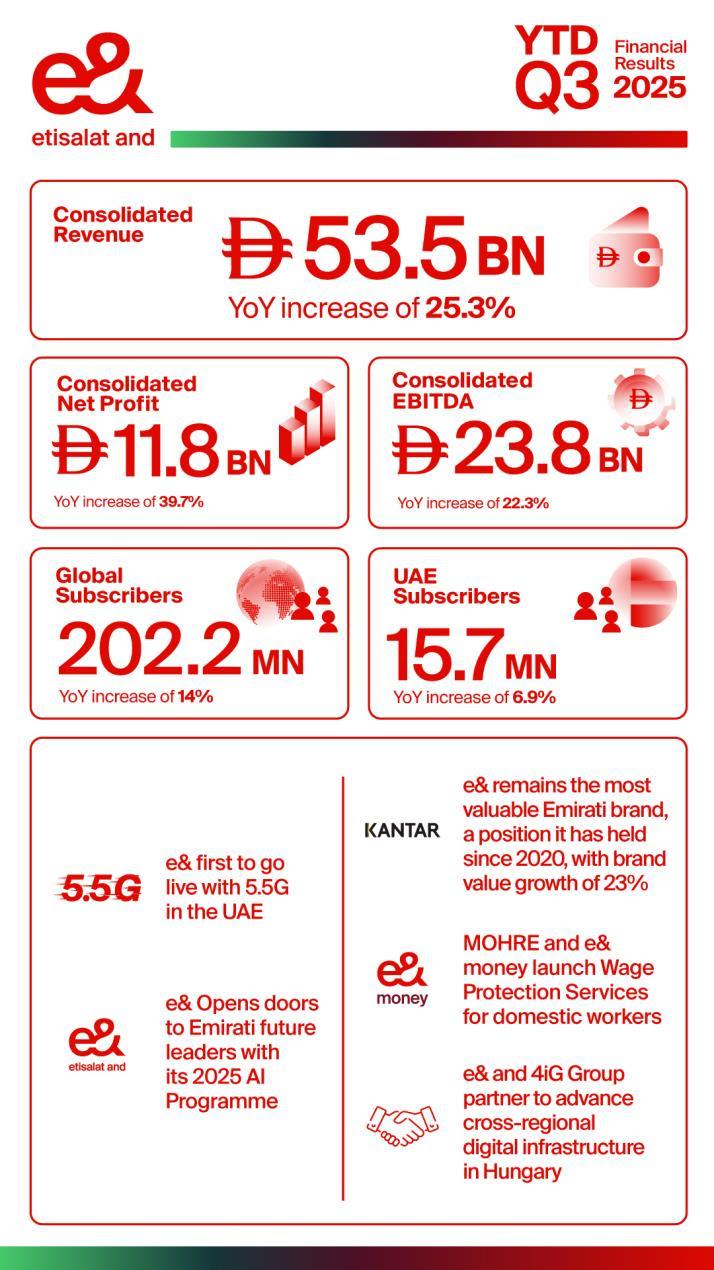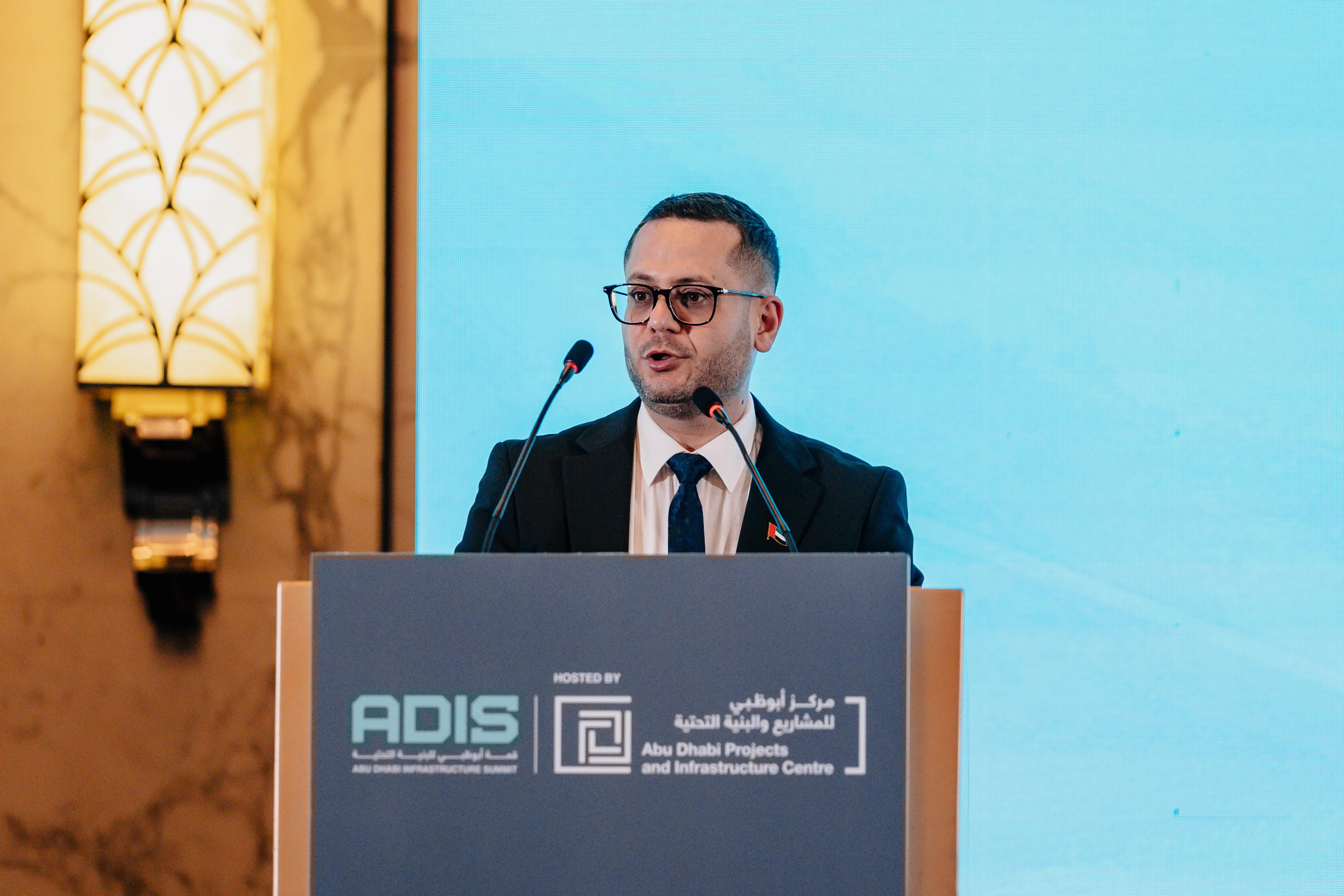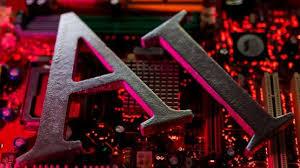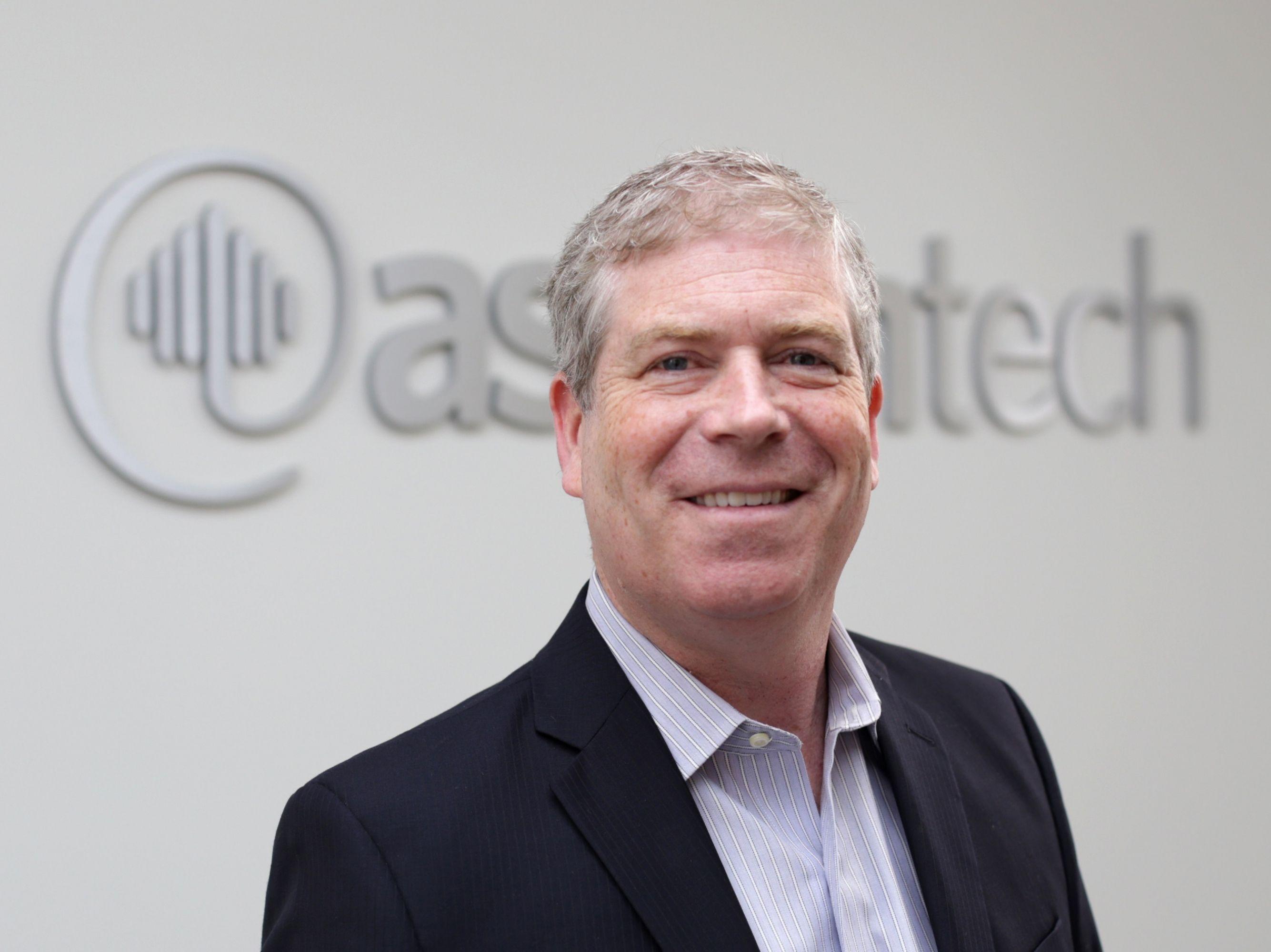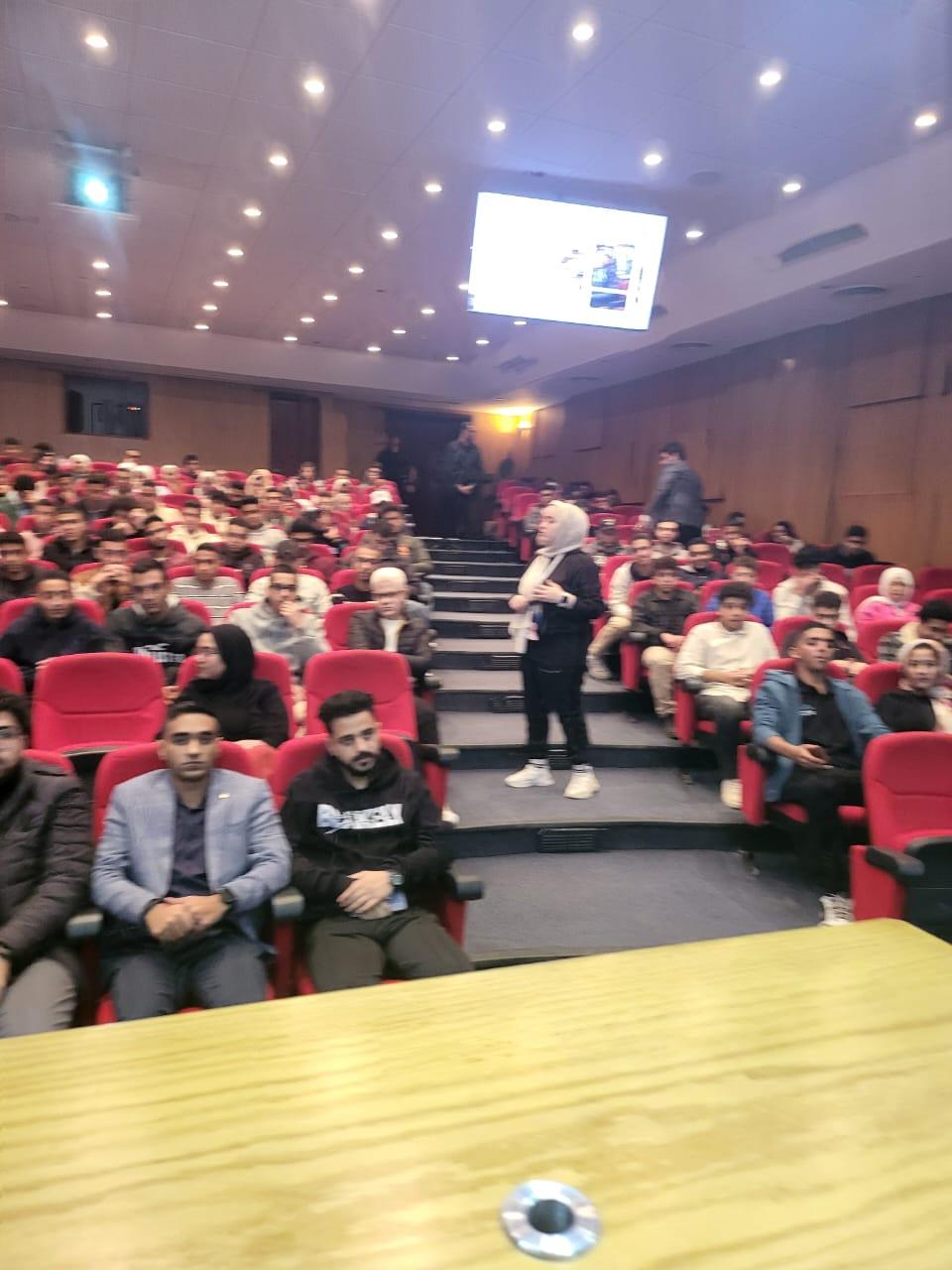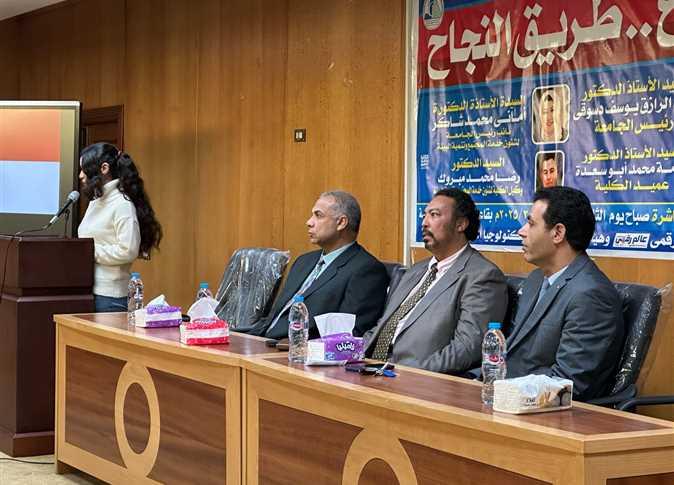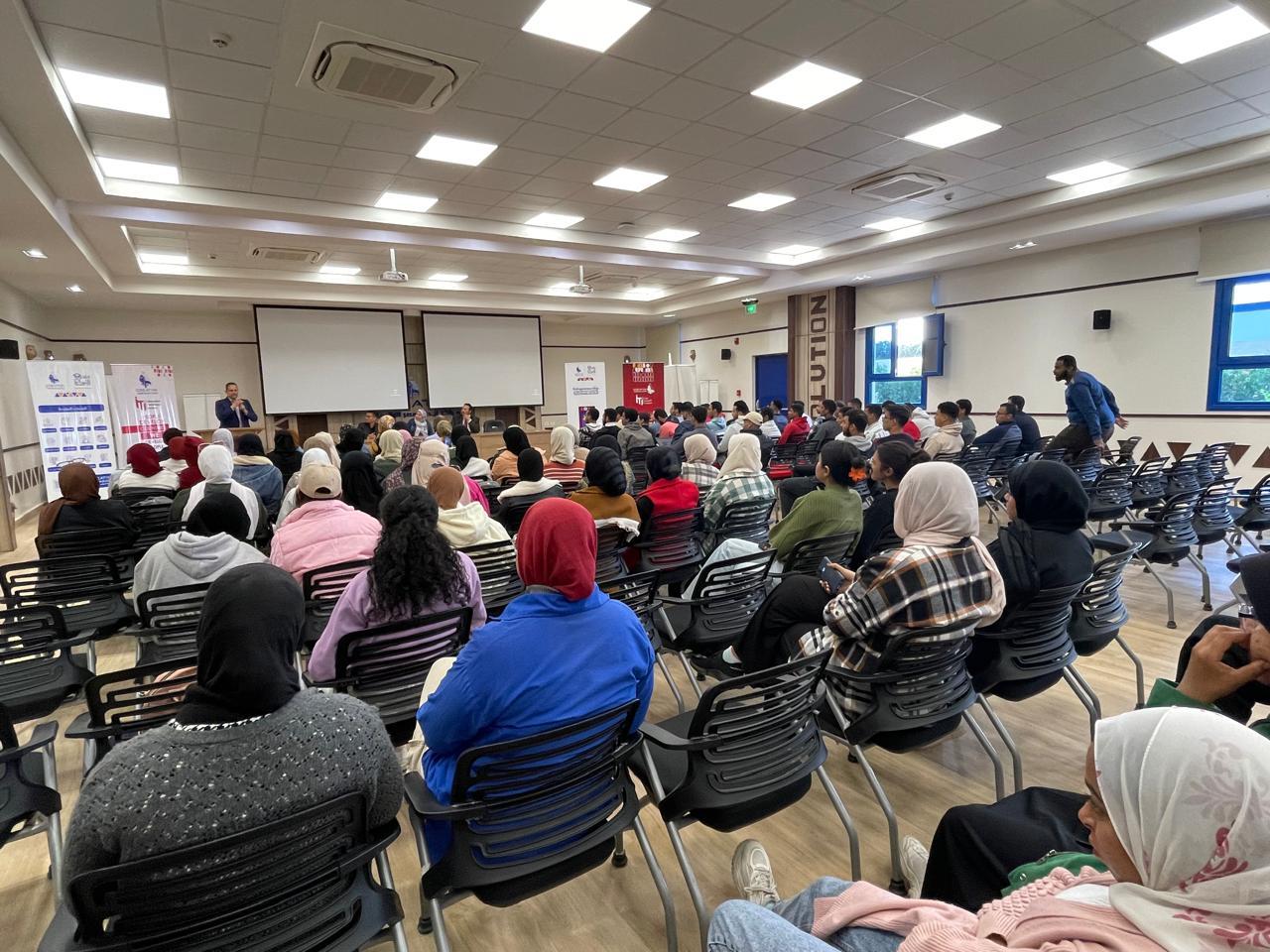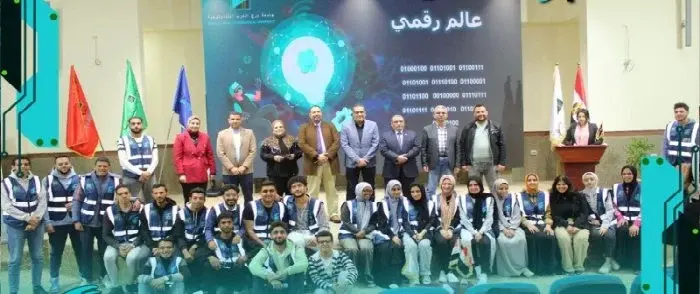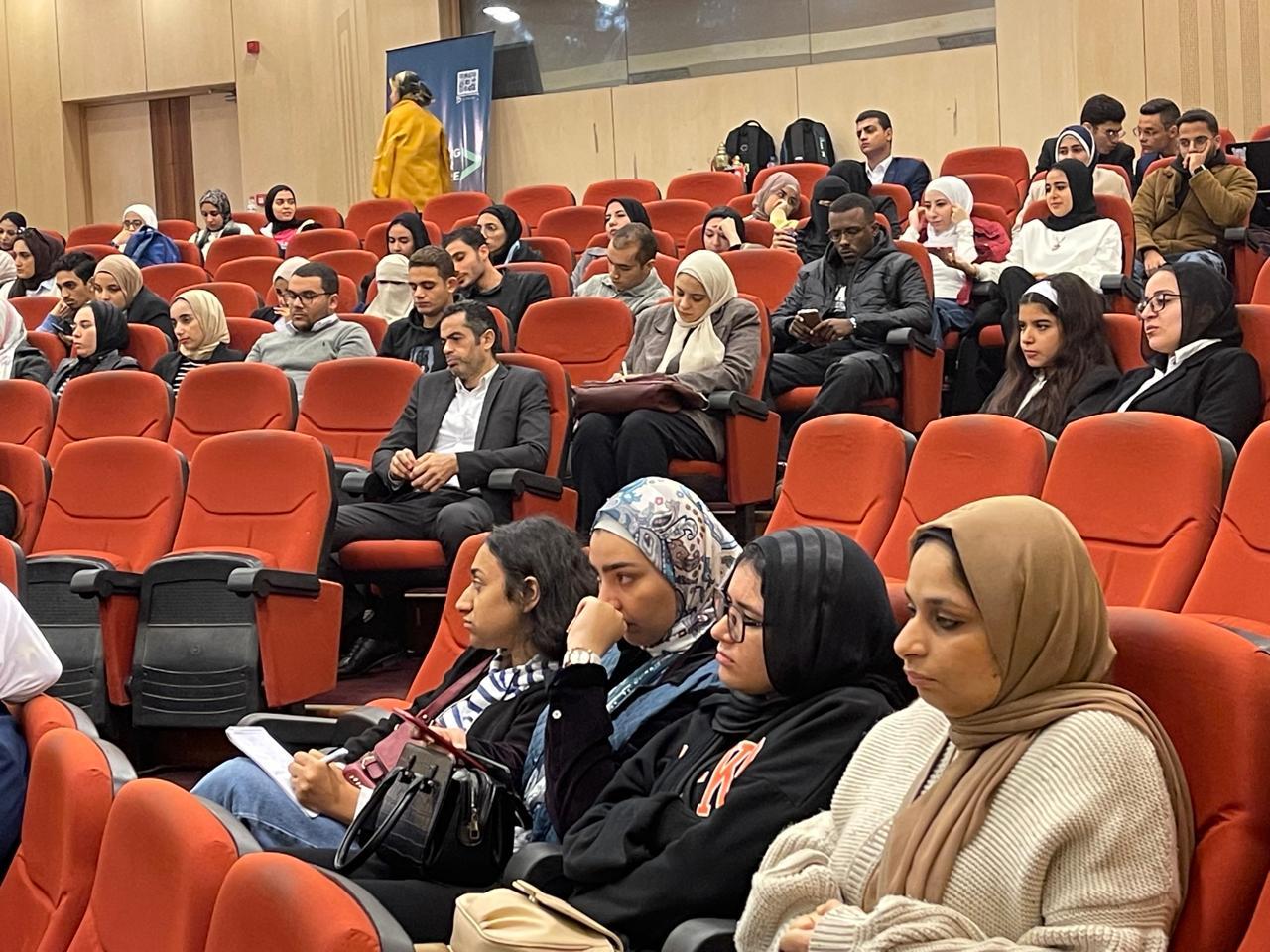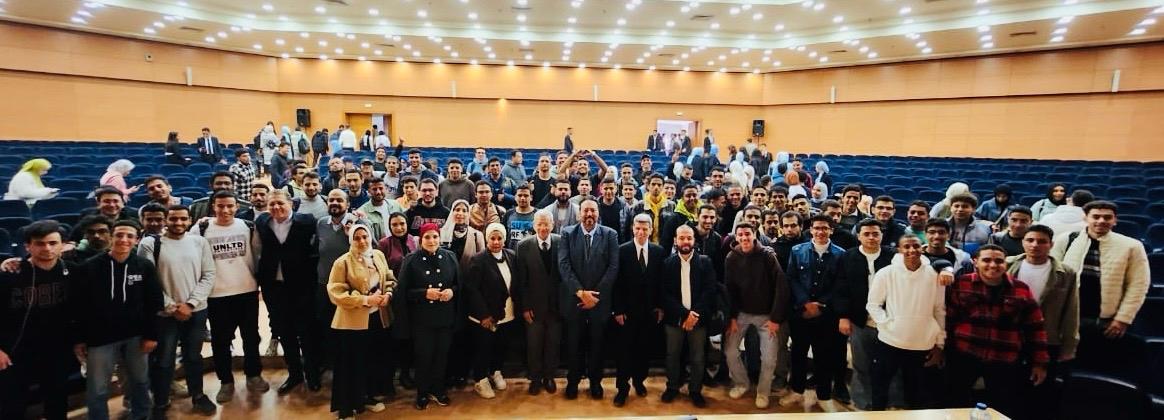- Our mission directly addresses these issues by providing sovereign AI infrastructure and orchestration platforms that ensure data stays within national borders
-
Our platforms eliminate many of the barriers that slow down AI adoption, from infrastructure complexity to compliance and integration challenges.
Interview by: Khaled Hassan
Prepared for publication by: Mohamed Essam
§ What are Open Innovation AI’s key goals and focus areas at GITEX this year?
- At GITEX this year, we’re highlighting how Open Innovation AI is turning sovereign AI into reality, showing that secure, efficient, and large-scale deployment is already possible today. Our exhibits feature the full platform suite: OICM for GPU orchestration, OI Chat for enterprise AI assistants, OI Code for application development, and OI Agents for intelligent automation.
In collaboration with our partners e&, Dell Technologies, Intel, Cisco, Pure Storage, and SUSE, we’re demonstrating how organizations can move beyond pilots to fully operational, production-grade sovereign AI systems across both government and enterprise sectors.
§ Can you explain how your business objectives and mission align with opportunities and challenges in the Middle East?
- The Middle East is experiencing rapid digital transformation, but many organizations face challenges around data residency, compliance, and reliance on foreign cloud ecosystems.
Our mission directly addresses these issues by providing sovereign AI infrastructure and orchestration platforms that ensure data stays within national borders while enabling scalability and innovation.
This alignment between our objectives and regional priorities makes Open Innovation AI a strategic enabler for national AI programs and government digital transformation.
§ How is Open Innovation AI leveraging sovereign AI to drive digital transformation for enterprises?
- At Open Innovation AI, we believe digital transformation starts with ownership of data, models, and infrastructure. Our sovereign AI platforms, including OICM and OI Chat, allow enterprises to securely modernize operations, automate decision-making, and build AI-native capabilities while maintaining full compliance.
By integrating orchestration, automation, and secure data management, we help organizations move beyond experimentation to tangible, measurable results that define true digital transformation.
§ In what ways can enterprises and government bodies leverage Open Innovation AI’s trusted platforms to fast-track their AI initiatives?
-Our platforms eliminate many of the barriers that slow down AI adoption, from infrastructure complexity to compliance and integration challenges. With OICM, organizations can seamlessly manage GPU resources, schedule workloads, and monitor performance. OI Agents and OI Chat empower teams to build retrieval-based and agentic AI applications rapidly.
Together, they create a unified, end-to-end ecosystem that enables enterprises and government bodies to move from prototype to production efficiently, securely, and cost-effectively.
§ How does Open Innovation Cluster Manager help organizations manage AI deployments across clouds?
- The Open Innovation Cluster Manager (OICM) provides a unified control plane to manage and orchestrate AI workloads primarily across on-premises and private environments, with the flexibility to extend to hybrid or public clouds when required. It automates GPU scheduling, model deployment, and workload management while giving organizations full visibility and cost governance.
Designed with on-prem performance, flexibility, and security in mind, OICM enables enterprises to scale efficiently within their own infrastructure, ensuring compliance, sovereignty, and optimal resource utilization without dependency on external cloud providers.
§ How is Open Innovation AI enabling enterprises to maintain flexibility and control while navigating data compliance and vendor lock-in challenges?
-We’ve designed our platforms to give enterprises maximum flexibility and control. They’re both hardware-agnostic and cloud-flexible, integrating with GPUs from AMD, NVIDIA, Intel, and others, and infrastructures from Dell, HPE, and beyond.
This means customers retain full ownership of their data, models, and environment, ensuring compliance with global standards.
By avoiding reliance on any single hyperscaler or vendor, we help enterprises remain independent and compliant while retaining the freedom to innovate on their own terms.
